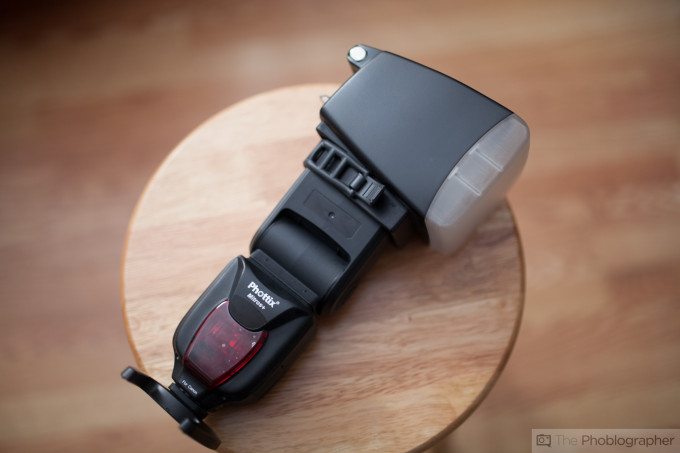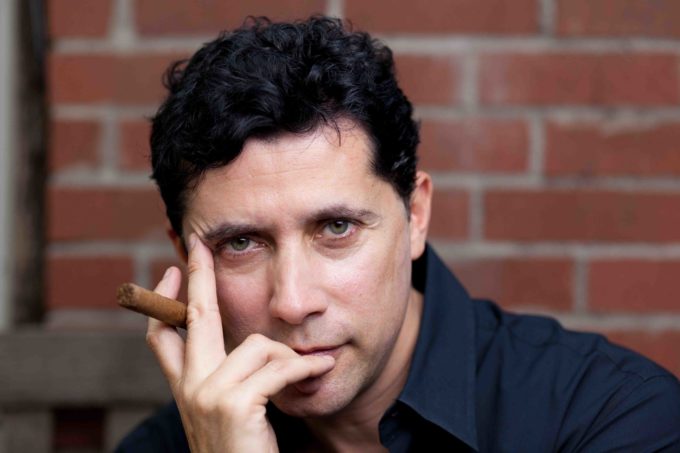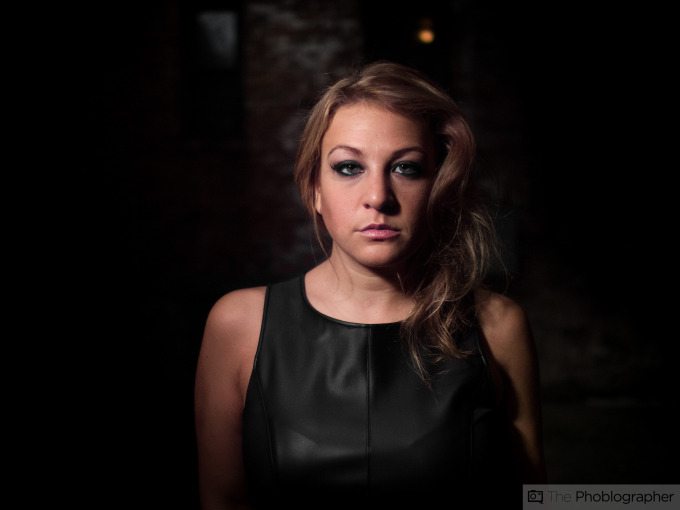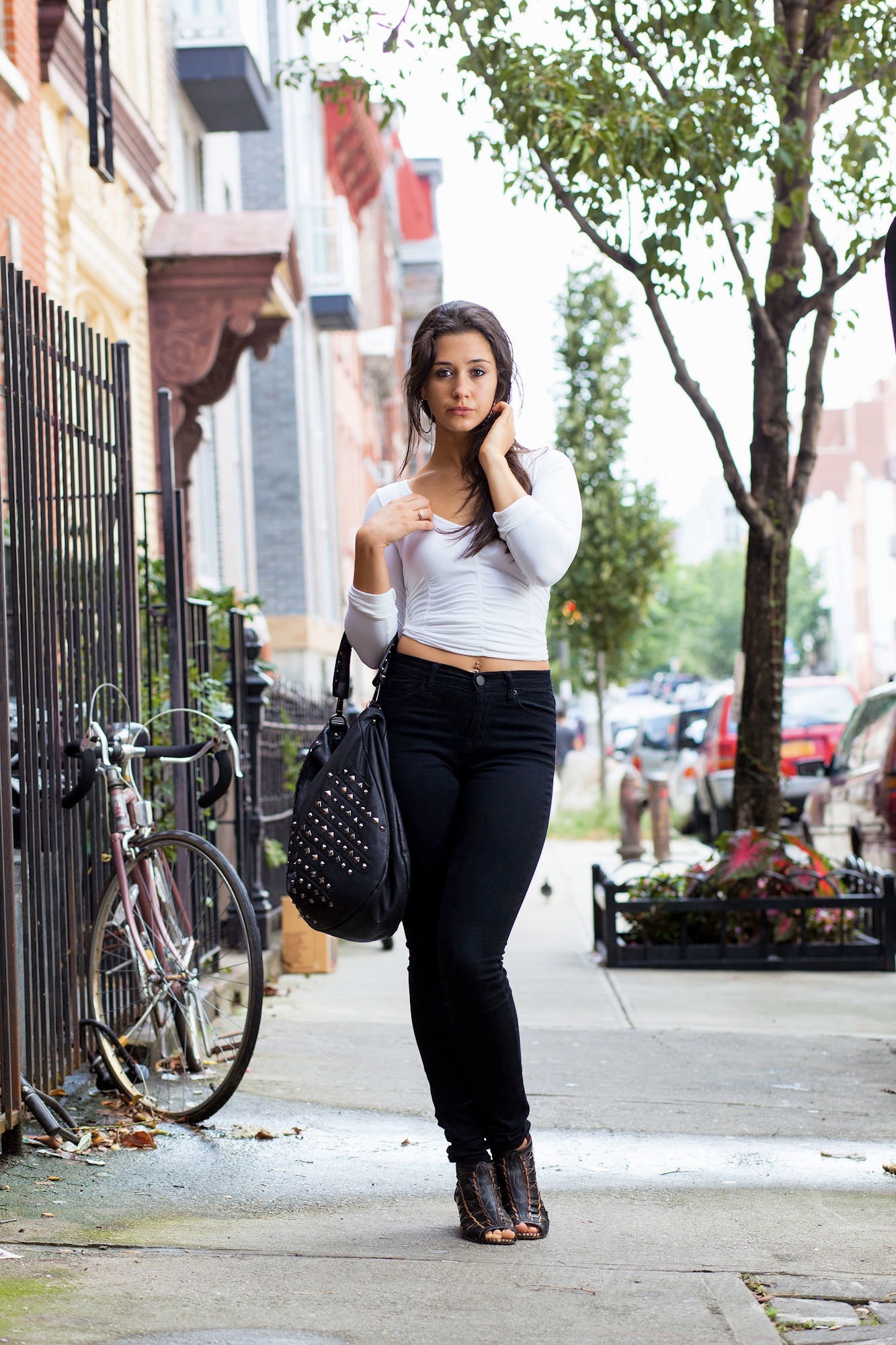Hot shoe flashes, known as speedlites (or speedlights) are incredibly capable little flashes that can put just the right amount of light in the right spot. While it’s a very well known fact that studio strobes can deliver much more light output, they aren’t as portable or nimble as speedlights. However, there is much more that you can do to get more out of them just by tweaking some settings in your camera or working with it in a different way.
This is how to get more out of your speedlight.
Understand That They are for Creating Light
The most common understanding of what a flash does is that it tries to help the camera out in the dark by delivering more light. And in some ways that’s correct. But the deeper understanding of a speedlight is the fact that is lets you put light in spot where you otherwise wouldn’t normally do so.
In the cinematography world, DPs often try to light a scene one light at a time. They place one light in, see what it does, and then adjust it to do exactly what they want. If you have a model or subject that is that patient, then by all means go right ahead. But if not, then consider looking at a scene with absolutely no light, then filling it in to create the resulting image that you may have in your head.
Raise the ISO
Back in the film days and very much so in the early days of digital, no photographer would use a flash above ISO 1600. Part of this had to do with details and the way that images came out looking. But many years have passed since then, and the digital ISOs for 1600 and above are very, very good. In fact, we say that that’s so good that we have no problems using flashes with our scenes at up to ISO 1600. Sure, it feels a bit weird but it helps us get the scenes that we want if there isn’t a lot of available light.
Plus you should always consider this: your flash has batteries in it. The higher your ISO, the generally less light output the flash will need to give off. By raising your ISO, you’re also keeping the light output at a minimum and therefore saving the battery life.
Generally, we’d recommend not to go above ISO 1600–but your camera and tastes may vary. Try it for yourself.
Use the Wide Angle Diffuser
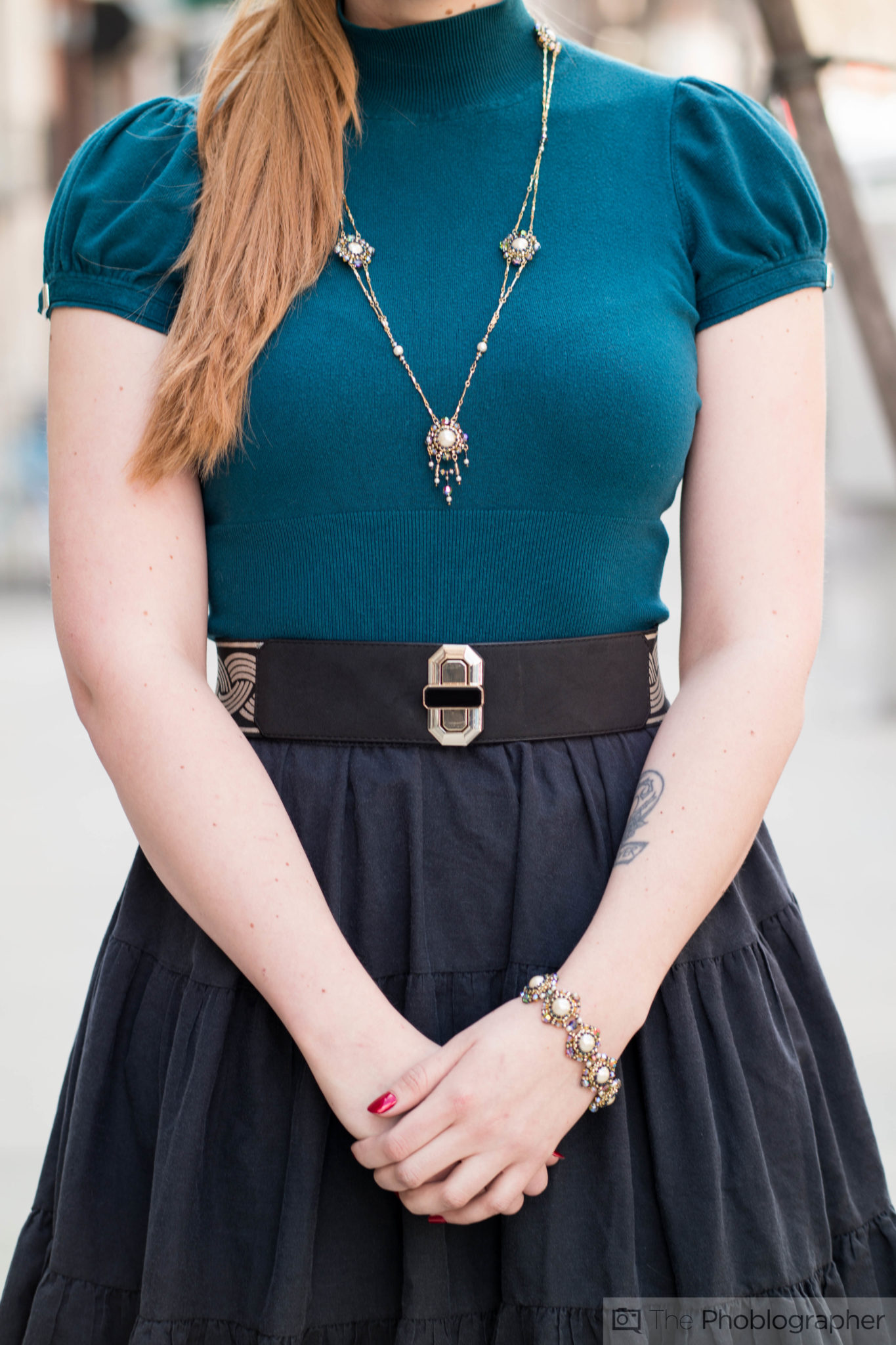
One of the most underrated ways to use a flash is with the wide angle diffuser. The theory behind lighting is that the larger the light source is in relation to the subject, the softer the light will be.
Now follow this logic: if your flash head is zoomed to 85mm, then the beam that it shoots will be very narrow. But if it is at 14mm, then the beam will be significantly wider. If the wide output is being bounced off of a surface, the light is taking up a larger space–and therefore becoming softer.
In fact, light from a wide angle diffuser is often so soft that we have no trouble using it directly with some subjects.
Put it in a Light Modifier
While this one may seem obvious, having more control over your light is honestly the best way to harness its power. While many photographers love to bounce them off of surfaces, that won’t always give you the results that you need or want. Instead, making the light much more directional and focused by putting it in a softbox, octabank, or even an umbrella can give you more control over your light.
When you have that much control that much light in just the right spot, then you’ll also be able to save battery power and recycle time.
Use Radios
The easiest way to trigger a flash when it is not in the hot shoe is to use a radio. When you’re indoors, you can feel free to use a flash’s infrared transmission–but when you get outdoors it will become annoying to work with. In our tests, we’ve also found infrared transmission to drain batteries more. Using an external radio trigger instead will improve reliability.


